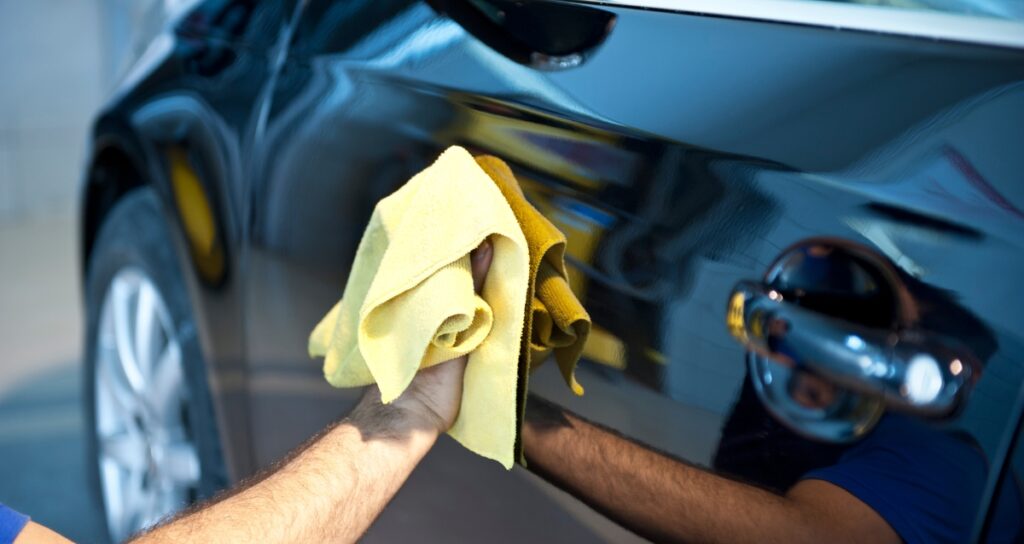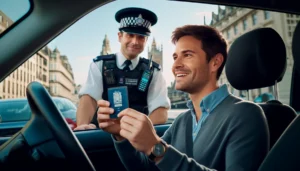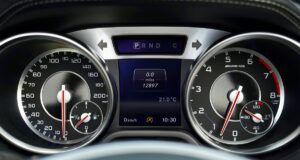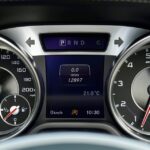What is a non-running car?
A non-running car is one that can’t move under its own power, or just won’t start. Cars are complex machines, so there could be many reasons for this, from a seized engine to serious structural damage after a collision.
If you have a non-runner, you have three options: have it fixed, sell it as damaged, or scrap it.
Should I fix my non-running car?
Before deciding on the best option for you, you need to think about the car’s market value in its current state, the cost of repairing – and even if it can go back on the road.
If you do consider fixing up your non-runner, however, you first conversation should be with a qualified mechanic. They can quote you for the necessary repair work.
If the car just needs some engine tuning, a new battery or some minor repairs to get it running again, it’s quick and relatively cheap to do. On the other hand, if the time and expense involved in repairing the car means that you can’t recoup the money when selling it, you should probably sell it as a non-runner.
If your non-runner has been written off by an insurer, you also need to understand if it can be made roadworthy again.
Category A or B insurance write-offs are only fit for crushing or parts. Selling or scrapping are your only options, in this instance.
Category S means the vehicle has suffered structural damage, so the vehicle will need to be professionally repaired. That will be expensive, so unless you can still turn a profit when selling it on, you’ll want to sell it or scrap it.
Vehicles that are graded Category N haven’t sustained structural damage, but they’re not necessarily driveable. Again, you’ll need expert advice before deciding what to do.

Where can I sell my non-running car?
Once you’ve decided to sell your non-running car, the next question should be about how much it’s worth. Research the market and get valuations for the car from any dealers or car-buying services, so you have a rough idea of how much you’re likely to get for it.
The next decision is where to sell it – and you might be surprised to learn that there are a few options for non-running cars.
Auction
One is selling the car at an auction: however, as the car can’t be driven, a salvage auction is probably a better option than a traditional car auction. A seller’s fee will usually apply and you’ll have to get your non-runner transported to the auction house.
Private buyer
Selling a car to to a private buyer can be trickier when it’s a non-runner. A buyer will have to arrange for it to be transported away, which will deter most prospective buyers. But if you’re honest and transparent about the car and its status, there will be buyers out there, somewhere, who will want your car.
Dealership
You can also try selling to a used car dealership. If your car is easily fixable, it might be seen it as a good investment opportunity, because in-house mechanics can get it running again quickly (and at cost). You will probably have to shop it to quite a few dealers before you get an offer, though.
Scrap
You can also sell your non-runner for scrap. It might not be worth anything to a driver, but a scrap dealer will value your car differently, based on the weight of it as a lump of metal, plus some of its raw materials –plastics, fabrics, etc.

FAQs
What paperwork do I need when selling a non-running or damaged car?
As with all car sales, you’ll need the V5C logbook to transfer ownership of the car to the buyer.
If your car has been declared a category S or N write off and you’ve had it repaired, it pays to have the invoice for the work that’s been carried out as peace of mind for the new owner. The same applies to any repair work you’ve had done on the car.
How much can I expect for a non-running car?
Unsurprisingly, a car that doesn’t run is worth less than the market value. The make and model are important, but when it comes to a non-runner, the condition is what ultimately affect how much you can get for it.
All the usual factors – age, mileage, location – apply, but the reasons behind the car not running, and the cost of fixing them, will affect how much you’ll have to subtract from the market price of a similar (but running) car to yours.
How do I scrap a non-running car?
If you’re planning on selling your non-running car for scrap, you must do it at an Authorised Treatment Facility (ATF), which is a licensed and regulated scrapyard or breaker’s yard that follows strict End-of-Life Vehicles (ELV) rules and regulations when dismantling and disposing of vehicles.
The service is usually free, unless collecting the car involves travelling a longer distance, and the ATF will pay you the scrap value of the car usually based on its weight.
What damage is easy to fix?
Minor cosmetic damage can be put right by a mobile bodywork technician without too much fuss, but you’ll want to get quotes before going ahead as prices vary depending on the severity of the damage.
Kerbed alloy wheels can also be easily rectified by a refurbisher for as little as £60 per wheel.
If you have damaged body panels, such as bumpers or doors, you may get lucky at a vehicle breaker and find a replacement panel in the right colour. These can be fitted by a garage for not too much money.
Can I drive a damaged car on the road?
This really depends on the extent of the damage, but it’s never recommended to drive a damaged car on the road.
Even things that appear cosmetic (such as dents) can cause structural damage to the car, so always get a professional opinion before using your car on the road.













